
How to Use Stepdown 18v to 5V: Examples, Pinouts, and Specs
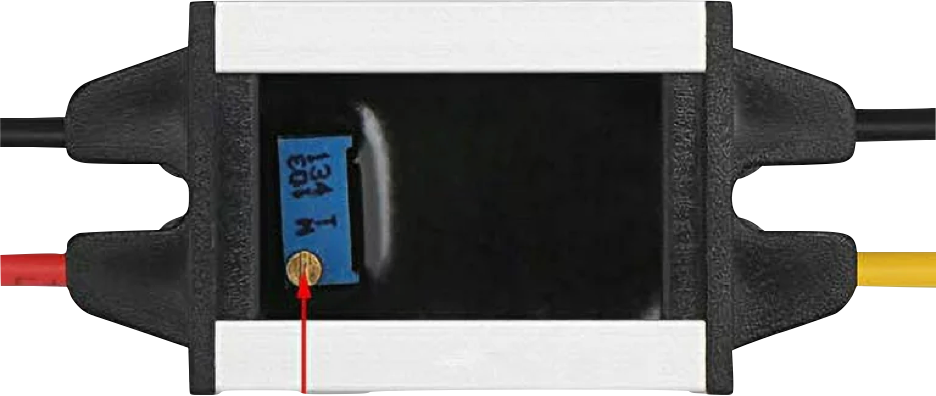
 Design with Stepdown 18v to 5V in Cirkit Designer
Design with Stepdown 18v to 5V in Cirkit DesignerIntroduction
The DROK 18V to 5V step-down voltage converter is an efficient and reliable electronic component that converts a higher voltage level to a lower voltage level, specifically from 18 volts to a regulated 5 volts DC output. This component is commonly used in applications where electronic devices require a 5V power supply but are only available with an 18V source. Typical use cases include automotive electronics, battery-powered systems, and microcontroller-based projects, such as those involving an Arduino UNO.
Explore Projects Built with Stepdown 18v to 5V
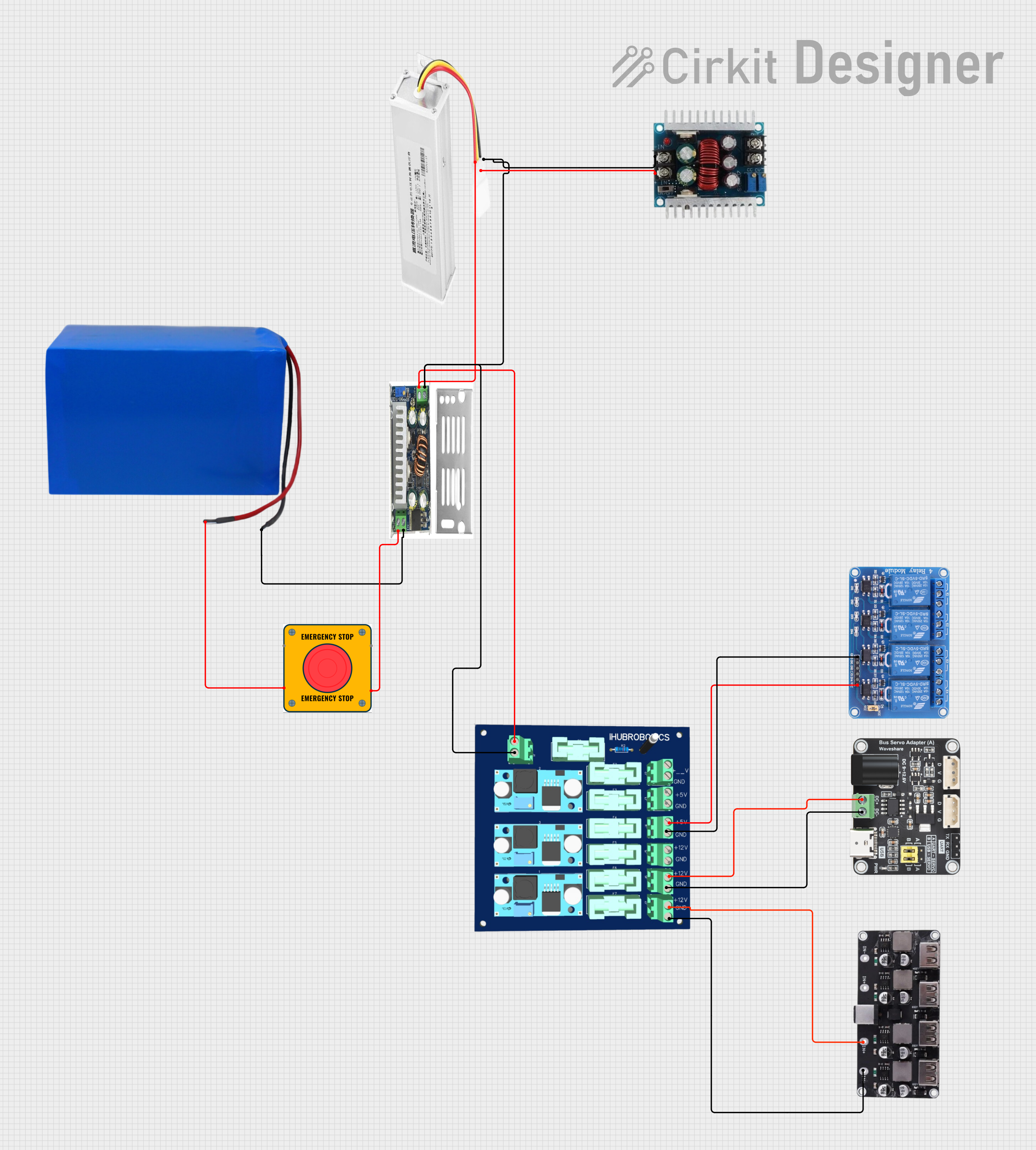
 Open Project in Cirkit Designer
Open Project in Cirkit Designer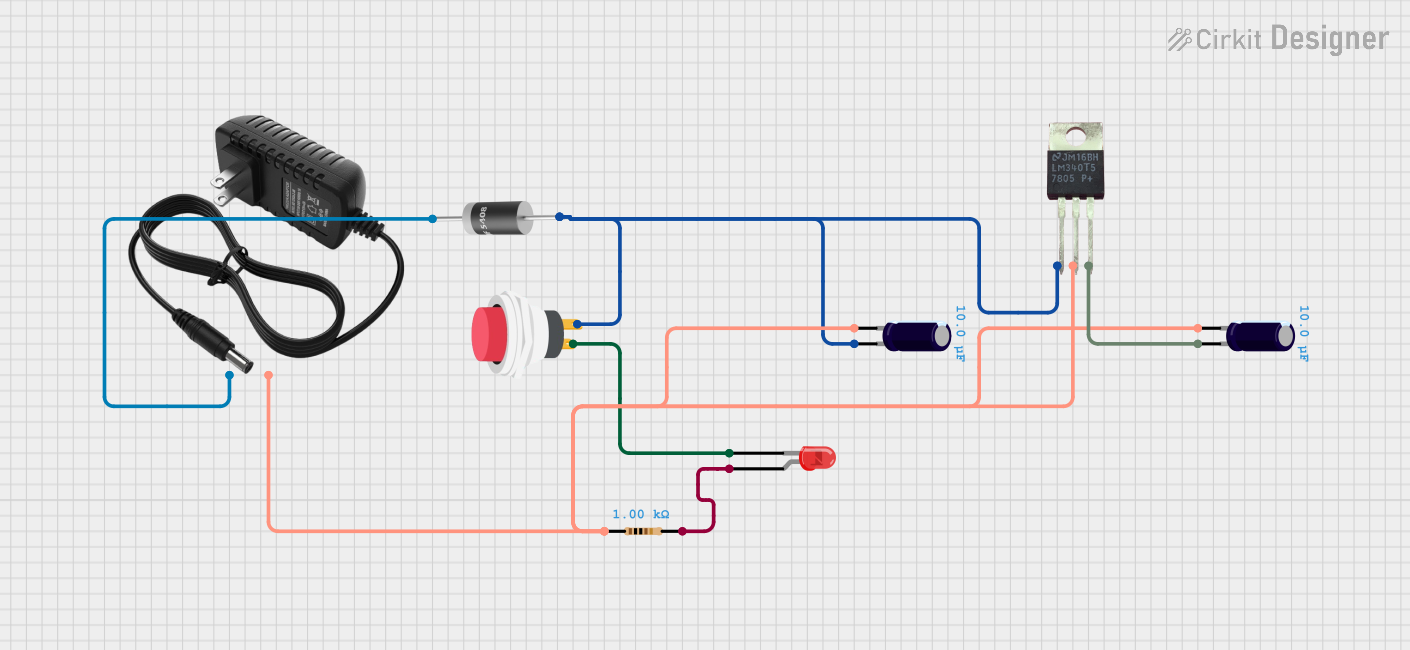
 Open Project in Cirkit Designer
Open Project in Cirkit Designer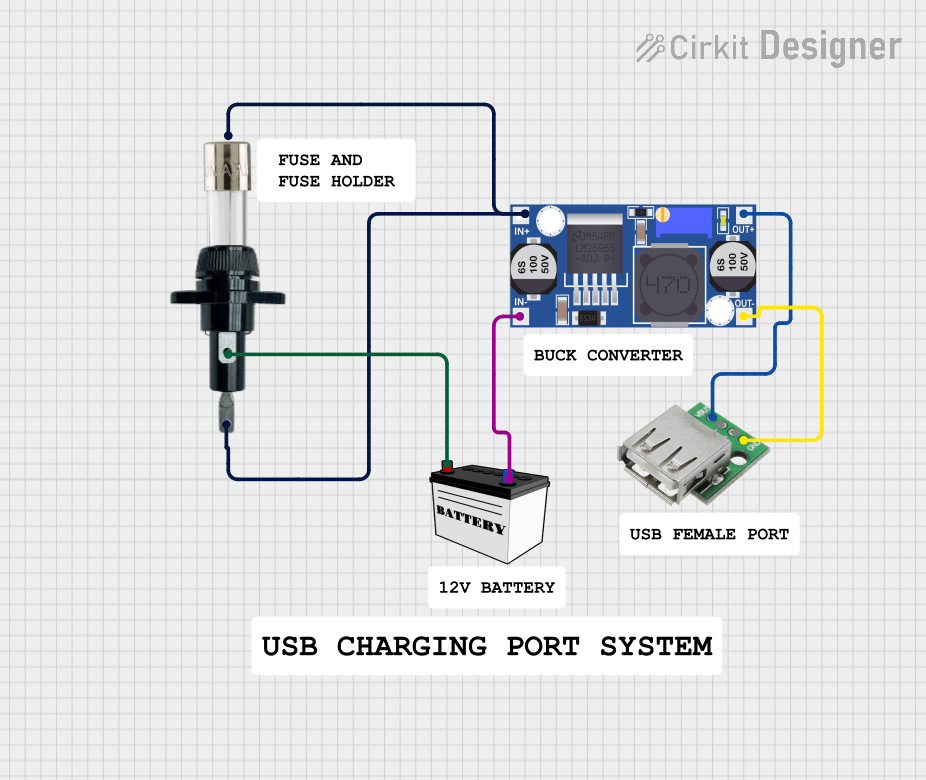
 Open Project in Cirkit Designer
Open Project in Cirkit Designer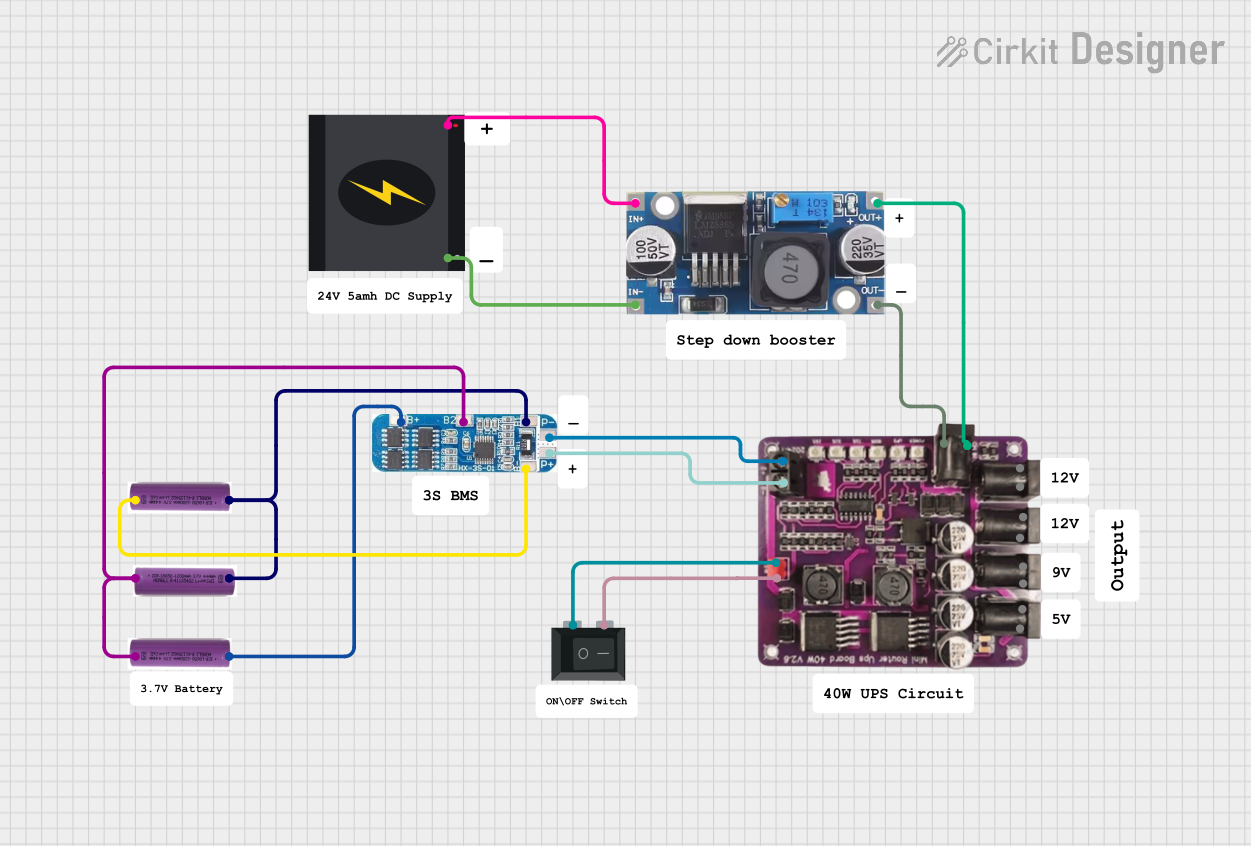
 Open Project in Cirkit Designer
Open Project in Cirkit DesignerExplore Projects Built with Stepdown 18v to 5V

 Open Project in Cirkit Designer
Open Project in Cirkit Designer
 Open Project in Cirkit Designer
Open Project in Cirkit Designer
 Open Project in Cirkit Designer
Open Project in Cirkit Designer
 Open Project in Cirkit Designer
Open Project in Cirkit DesignerTechnical Specifications
Key Technical Details
- Input Voltage Range: 6V to 20V DC
- Output Voltage: 5V DC
- Maximum Output Current: 3A
- Conversion Efficiency: Up to 96%
- Operating Temperature: -40°C to +85°C
- Load Regulation: ± 0.5%
- Voltage Regulation: ± 2.5%
- Protection Features: Over-current, over-temperature, and short-circuit protection
Pin Configuration and Descriptions
| Pin Number | Name | Description |
|---|---|---|
| 1 | VIN | Input voltage (6V-20V DC) |
| 2 | GND | Ground connection |
| 3 | VOUT | Regulated 5V DC output |
| 4 | GND | Ground connection for output |
Usage Instructions
Integration into a Circuit
Power Source Connection:
- Connect the positive terminal of your 18V power source to the VIN pin of the step-down converter.
- Connect the ground terminal of your power source to one of the GND pins on the input side of the converter.
Load Connection:
- Connect the positive terminal of your load (e.g., a microcontroller, sensor, or other electronic devices) to the VOUT pin.
- Connect the ground terminal of your load to one of the GND pins on the output side of the converter.
Important Considerations and Best Practices
- Heat Dissipation: Ensure adequate ventilation around the converter, as it may generate heat during operation.
- Input Voltage: Do not exceed the maximum input voltage of 20V to prevent damage to the converter.
- Output Current: Do not draw more than the maximum rated current of 3A from the output.
- Wiring: Use appropriate gauge wires to handle the current without excessive voltage drop or overheating.
Troubleshooting and FAQs
Common Issues and Solutions
Output Voltage is Too Low or Unstable:
- Check if the input voltage is within the specified range (6V-20V).
- Ensure that the load does not exceed the maximum output current rating of 3A.
- Verify that all connections are secure and free from corrosion or damage.
Converter is Overheating:
- Reduce the load if it exceeds the converter's maximum current rating.
- Improve airflow around the converter or add a heat sink if necessary.
No Output Voltage:
- Check for proper input voltage and connections.
- Inspect the converter for any signs of physical damage.
- Ensure that the converter is not in a protection mode due to a short circuit or over-current condition.
FAQs
Q: Can I use this converter with an input voltage lower than 18V? A: Yes, the converter can accept an input voltage as low as 6V while still providing a regulated 5V output.
Q: Is it possible to adjust the output voltage? A: This particular model provides a fixed 5V output and does not support output voltage adjustment.
Q: How do I know if the converter is in protection mode? A: The converter may shut down output if it enters protection mode. Check for any conditions that may trigger protection, such as over-current, over-temperature, or short circuits.
Q: Can I use this converter with an Arduino UNO? A: Absolutely. The 5V output is suitable for powering an Arduino UNO or similar microcontroller boards that require a 5V supply.
Example Arduino UNO Connection
// No specific code is required for the step-down converter itself,
// as it is a hardware component. However, below is an example of
// how to connect the converter to an Arduino UNO for power supply.
// Arduino UNO Pin Step-Down Converter Pin
// 5V -> VOUT
// GND -> GND (Output side)
// Remember to connect the 18V power source to the input side of the
// step-down converter. The Arduino can then be powered through its
// 5V and GND pins using the regulated output from the converter.
Please note that the above code is a wiring guide rather than executable code. The step-down converter does not require any software configuration and works independently once properly connected.